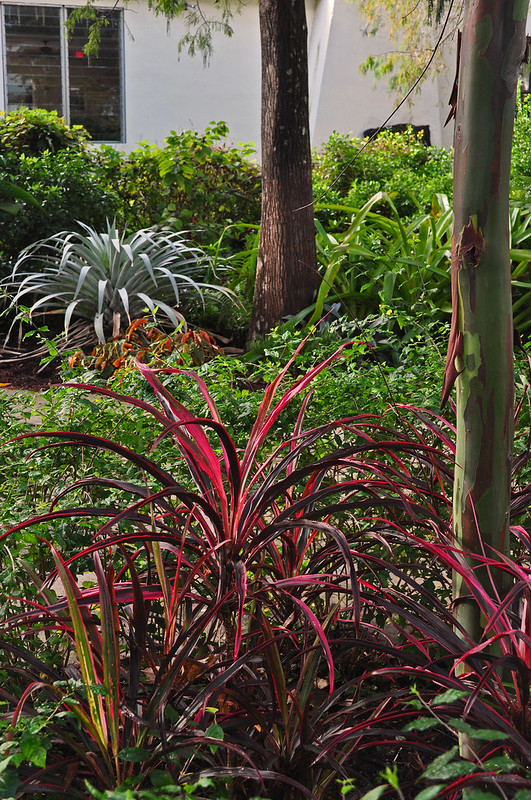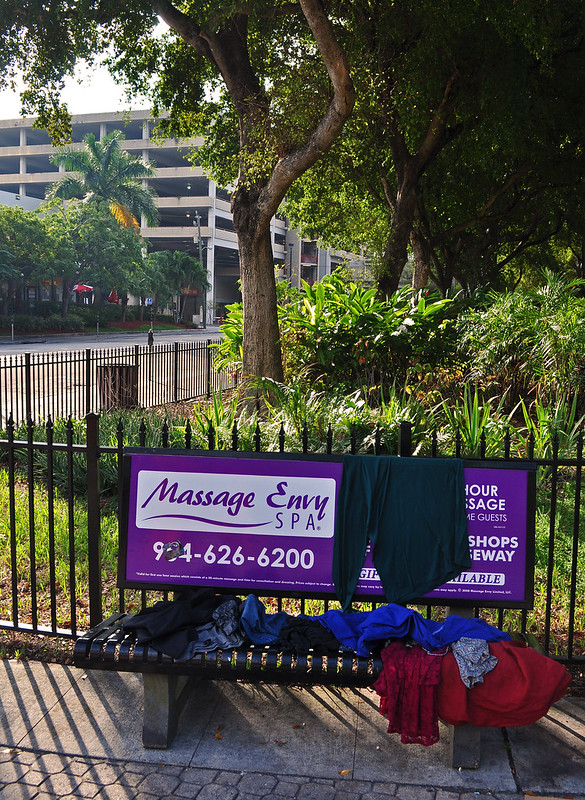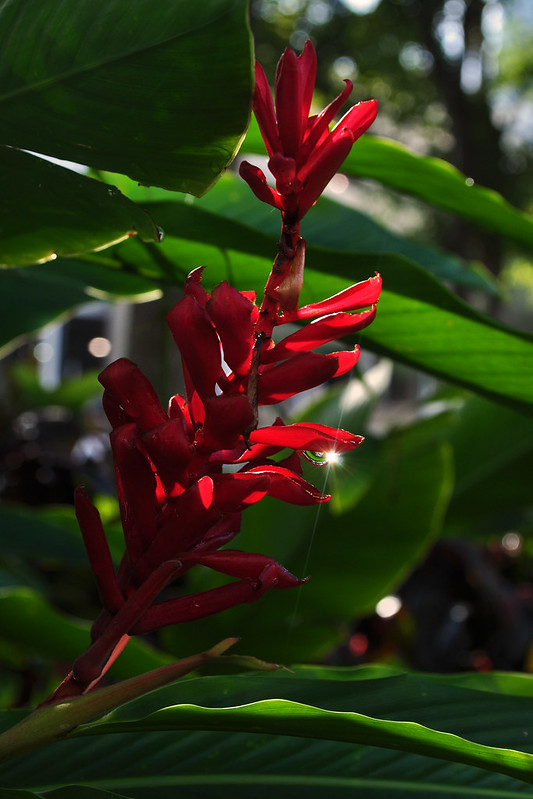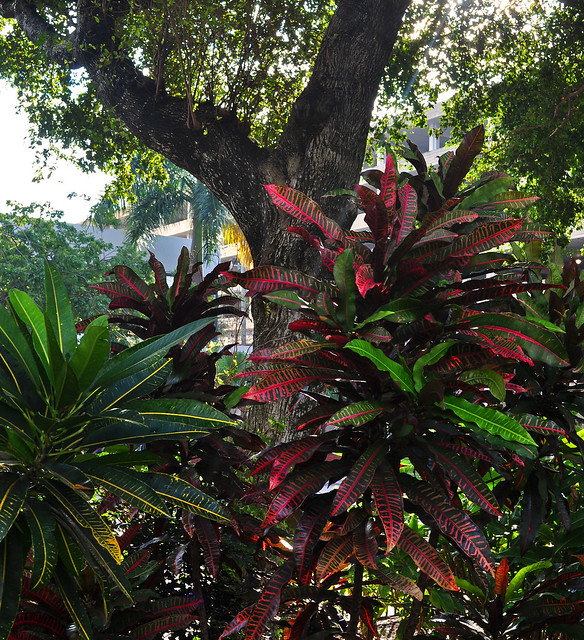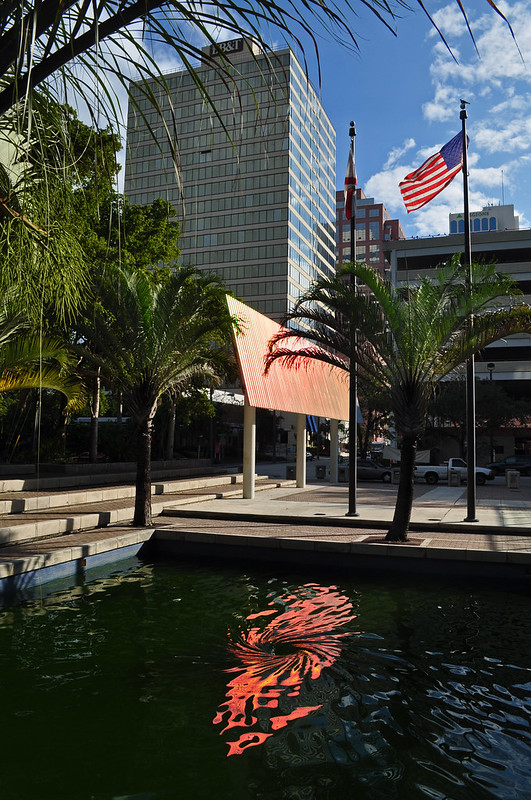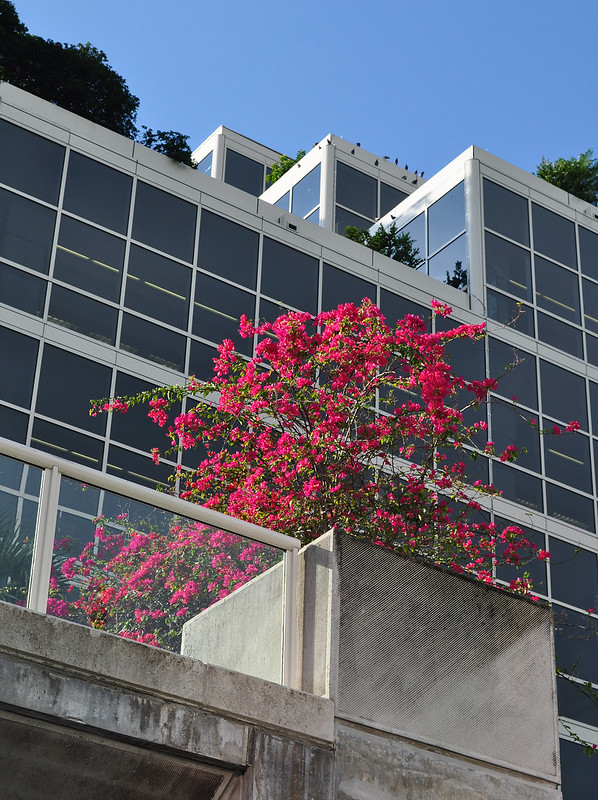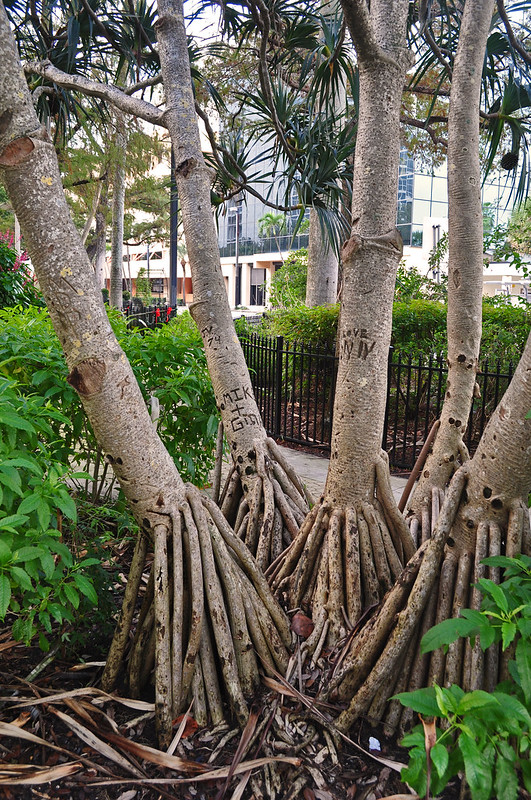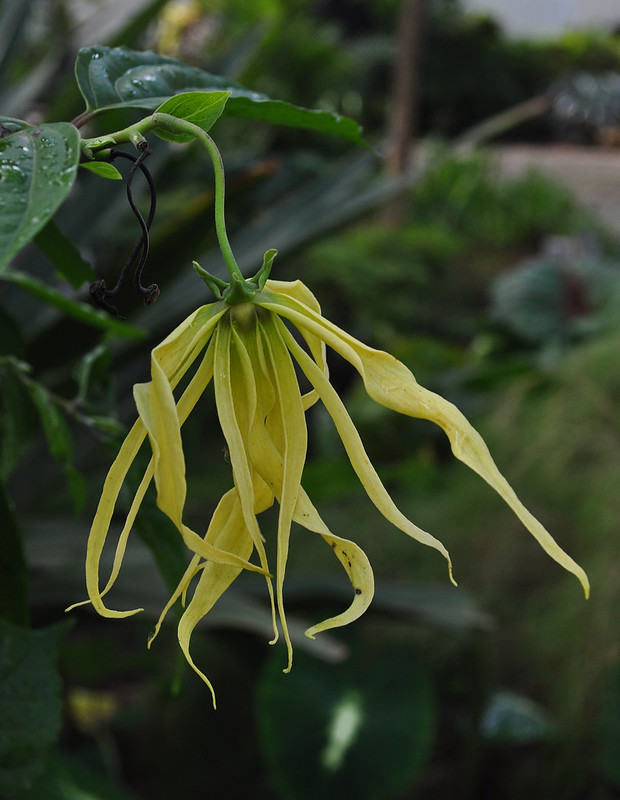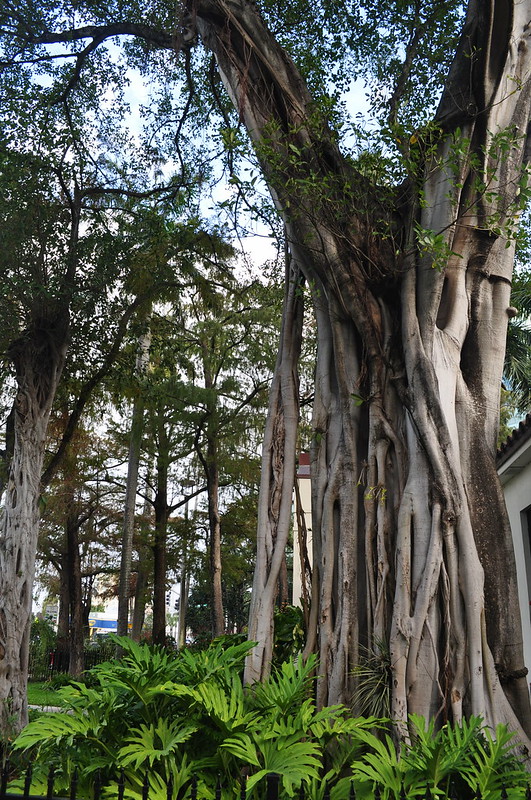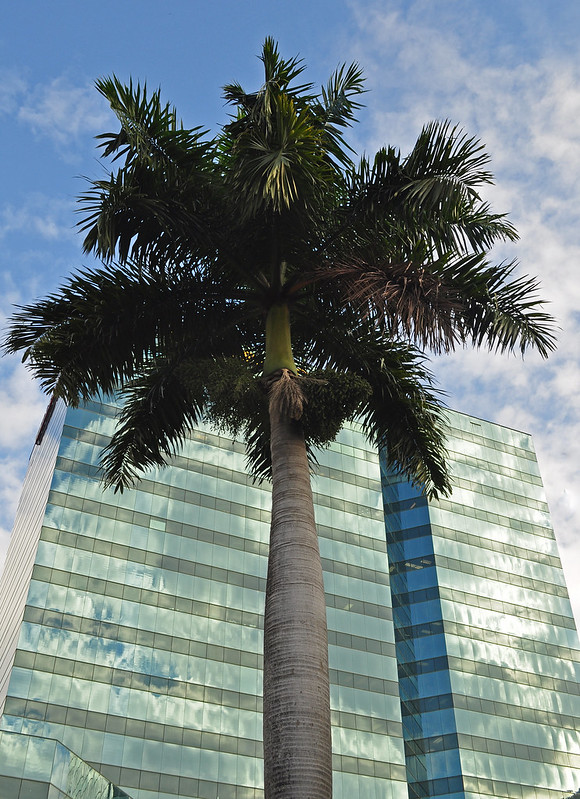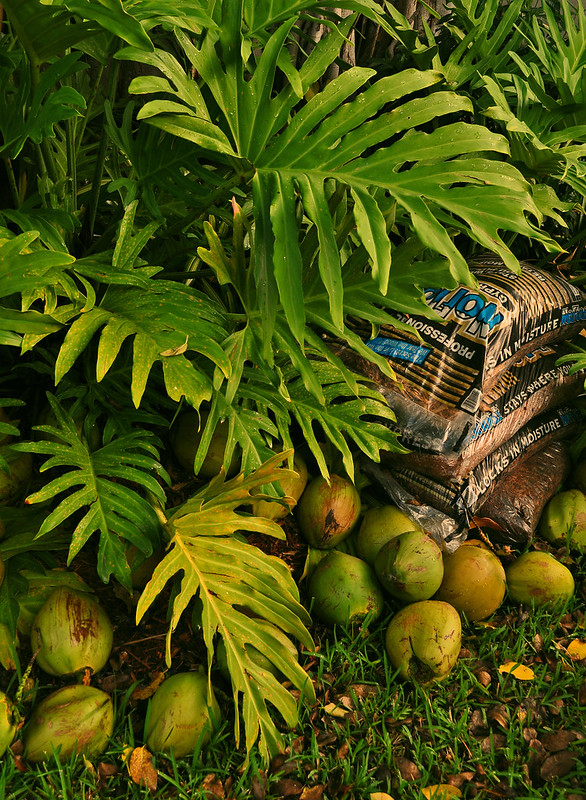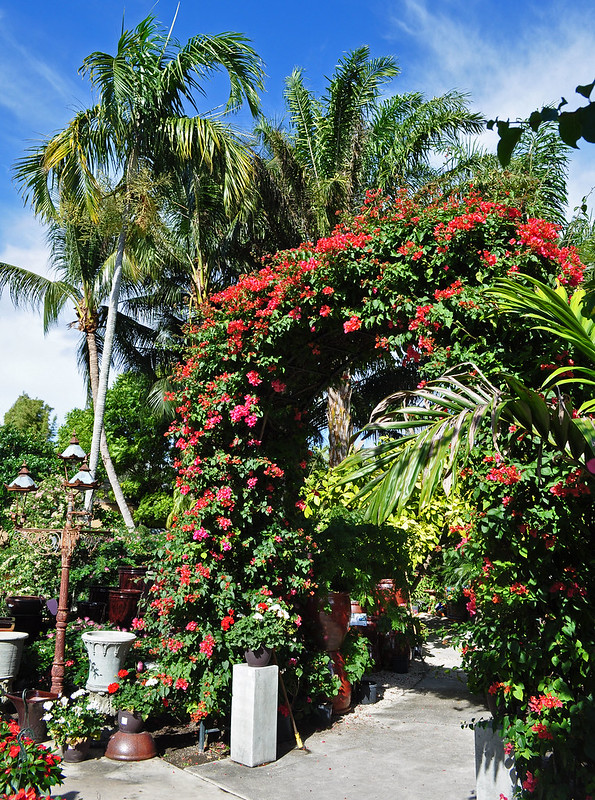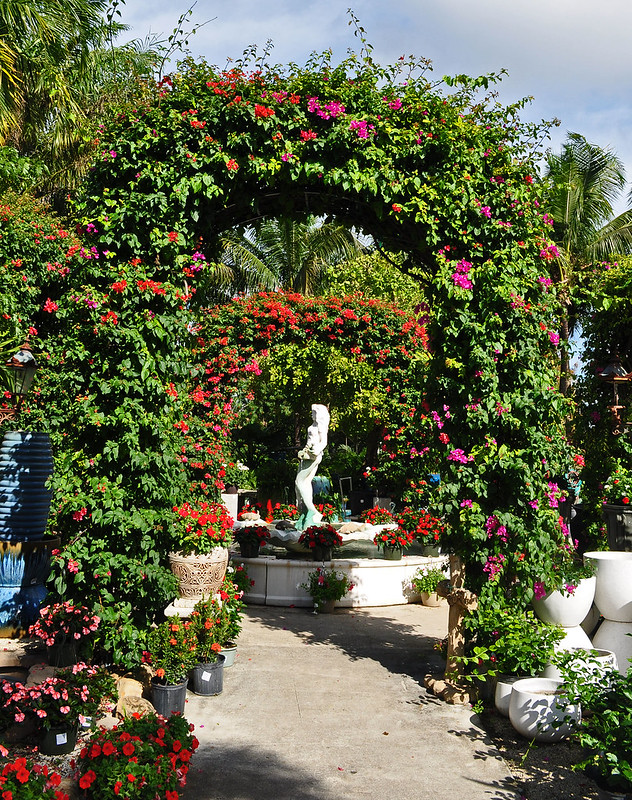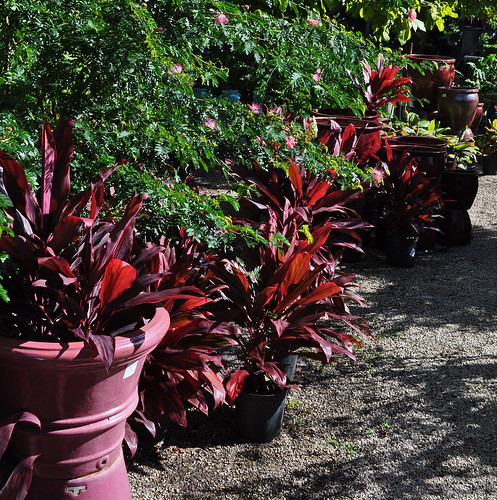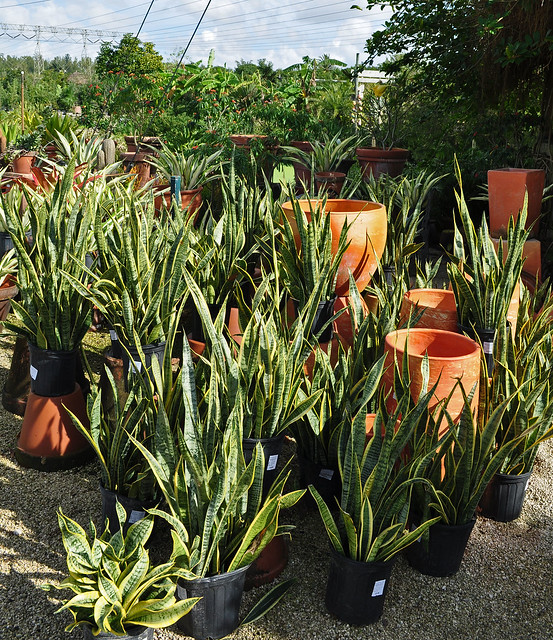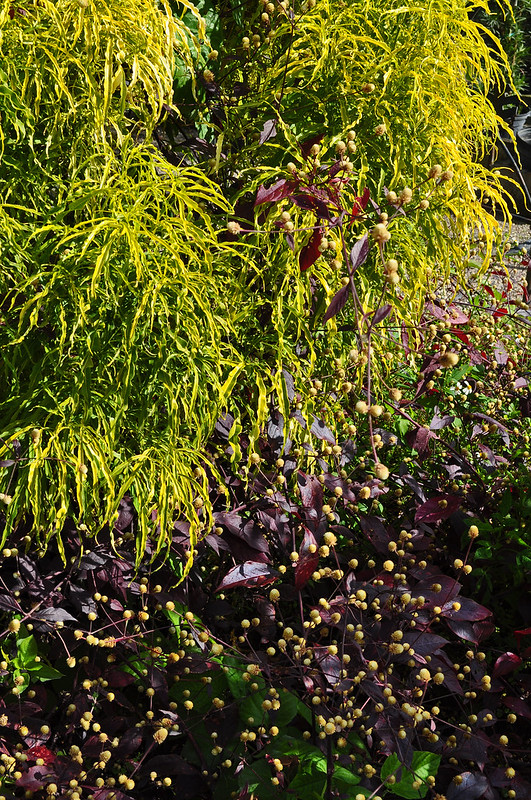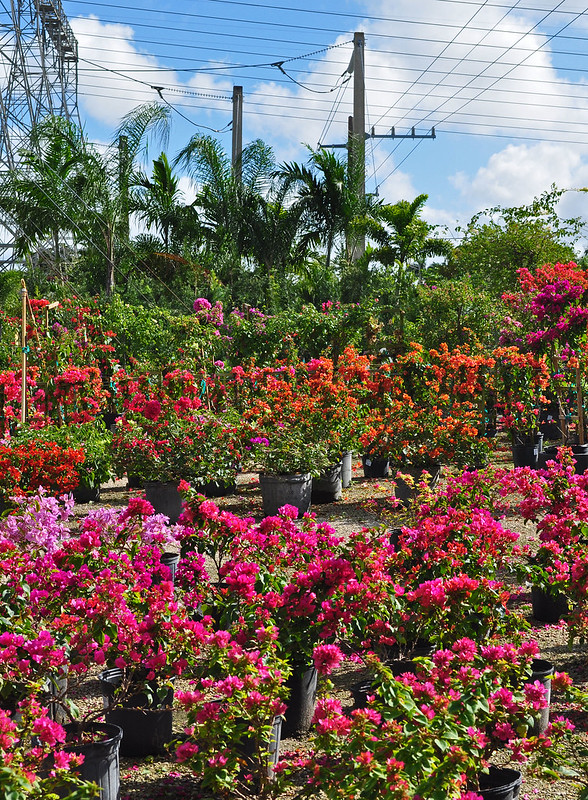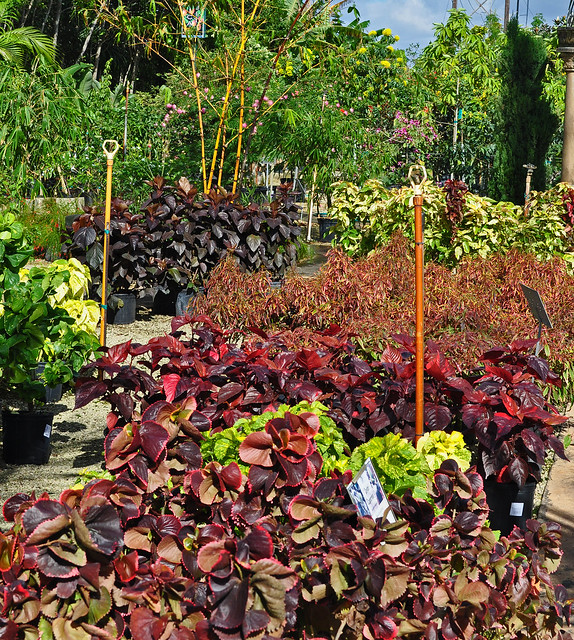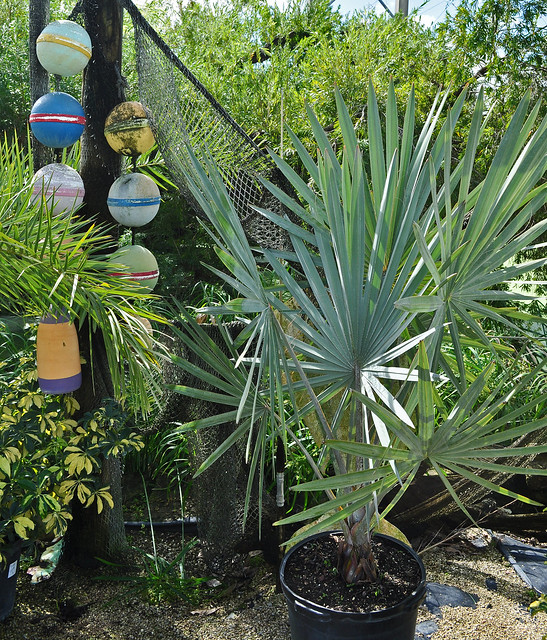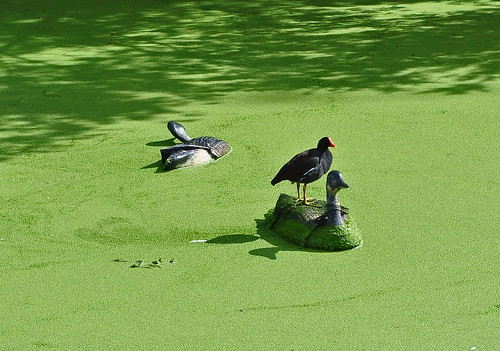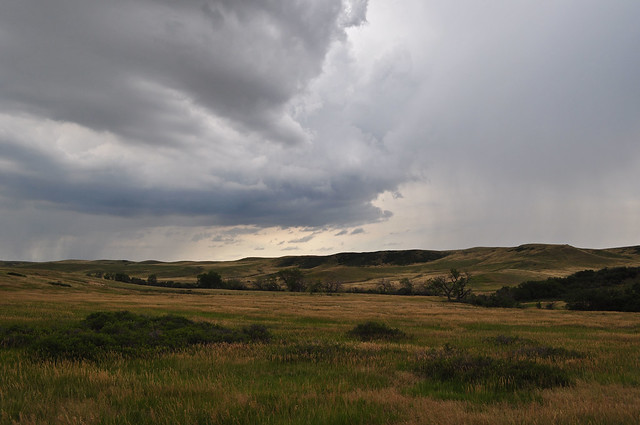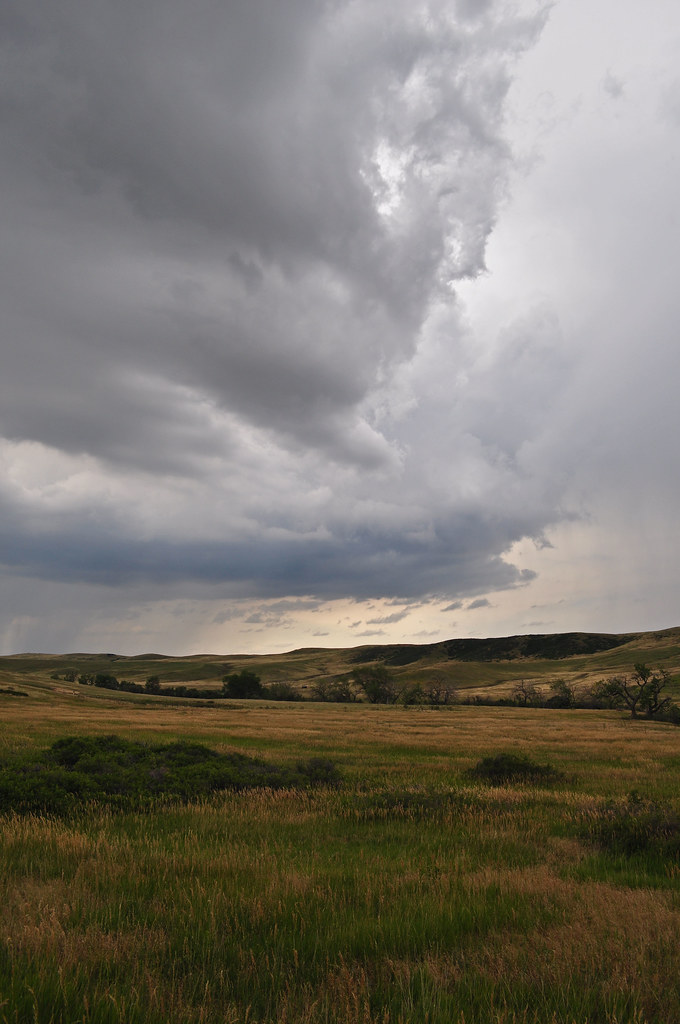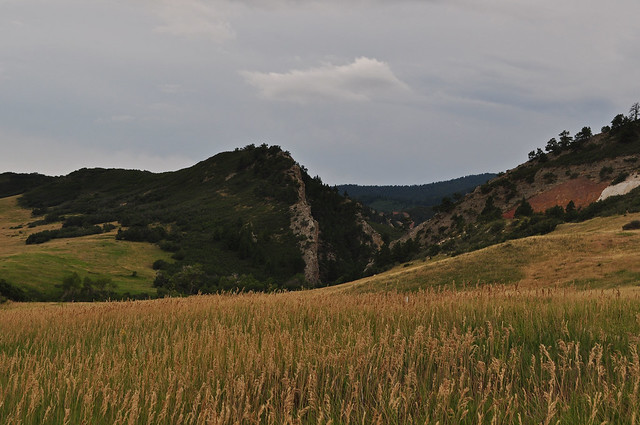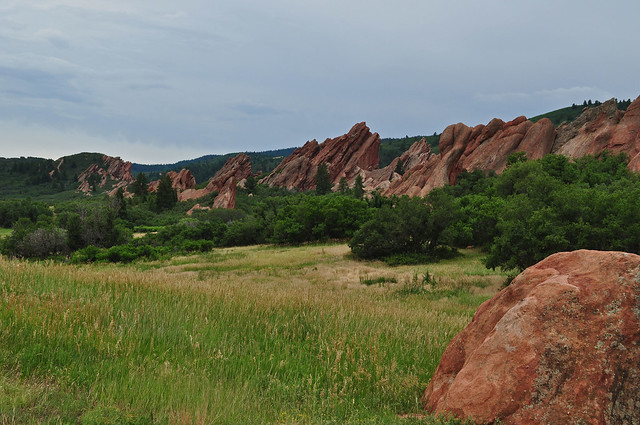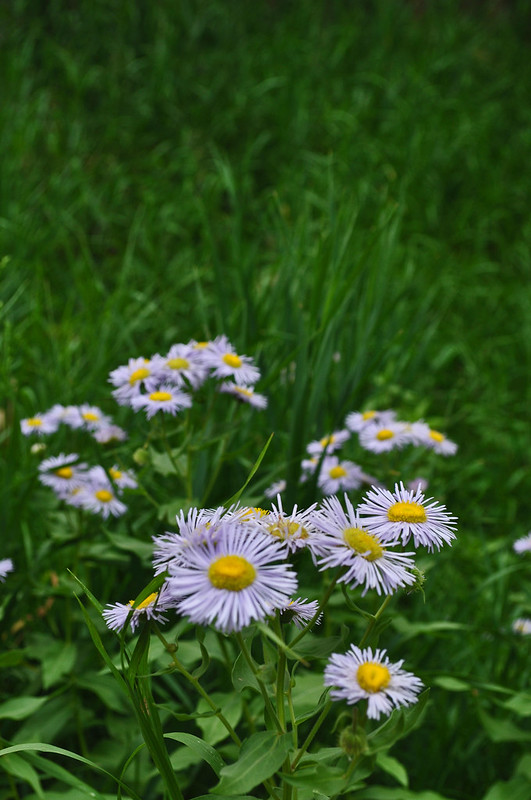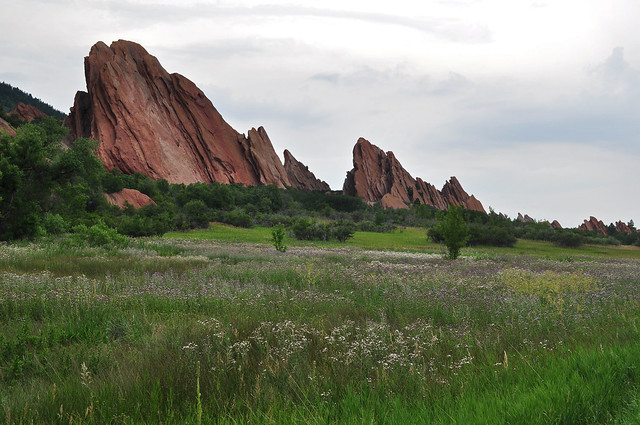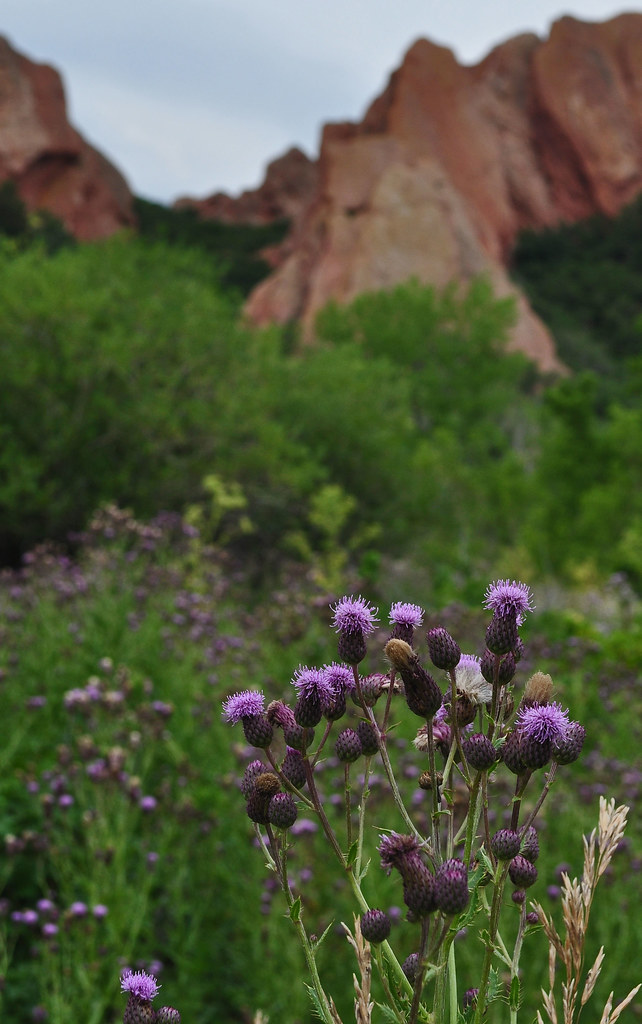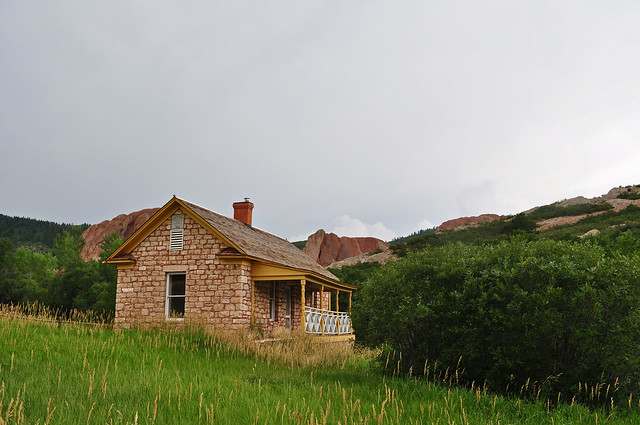I might be a little less torn if I knew more about what efforts are being made in the city of Fort Lauderdale to assist the homeless, but with apologies to my readers, I don't know all that is being done. I do know there is lot of homelessness evident, more than I have seen in most cities I've been to. Can you blame the homeless? Given the choice of sleeping on the streets of some cold northern city, or on those in a tropical climate, which would you pick? One thing the city of Fort Lauderdale does do to address homelessness, is to aggressively discourage the homeless from using Stranahan Botanical Garden. In October of 2014 the city commission passed an ordinance restricting locations where the homeless can be fed, requiring aid organizations to get property owner's permission, and to provide portable restrooms. In November two members of the clergy and a 90 year-old activist, Arnold Abbott, were charged with violating this ordinance in Stranahan Botanical Garden, and their effort to provide lunch that day was shut down. Apparently feeding the homeless only encourages homelessness.
(I really had to harness the powers of the internets to ID some of these plants. None of them were labeled in the garden, and as I was two zones from home, I am not entirely sure all of the names are correct. I welcome your comments and corrections for anything in need of it. If you would like to see all of my photos from the garden, click here for my Flickr page.)




